
I can’t believe it has been two years since my last post. I would explain that my life has been crazy (especially 2020…) and stuff, but so has yours. You, me, and eight billion other people. So meh for excuses.
To wind back a touch, we were on the tail end of a scuba trip through the Indian ocean, and the last scuba stop before heading to Luxembourg was Reunion island, which is French territory right off Madagascar.
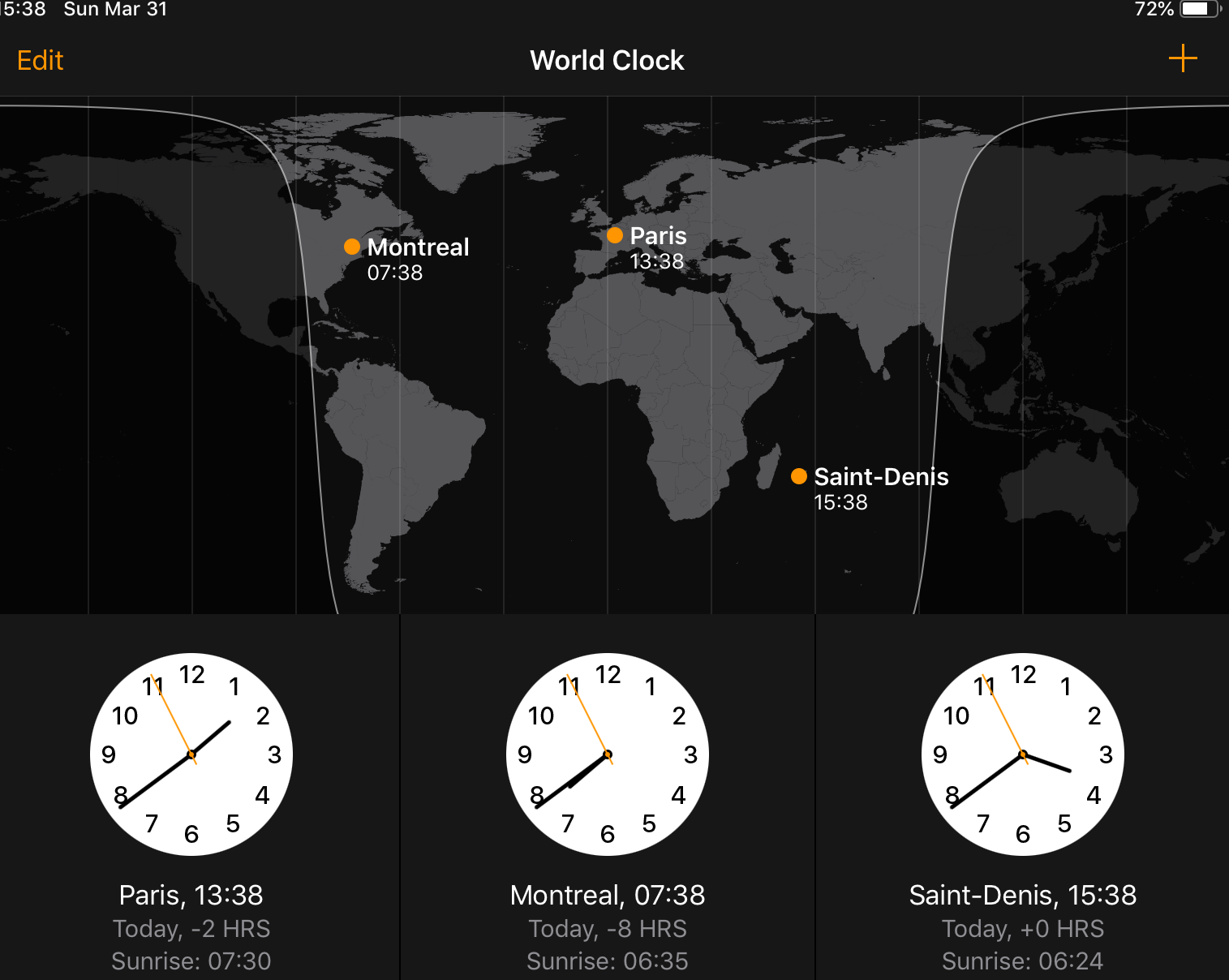
After different levels of adventure and comfort, we were taken care of by family, which meant luxury, and also putting on a few pounds in two weeks.
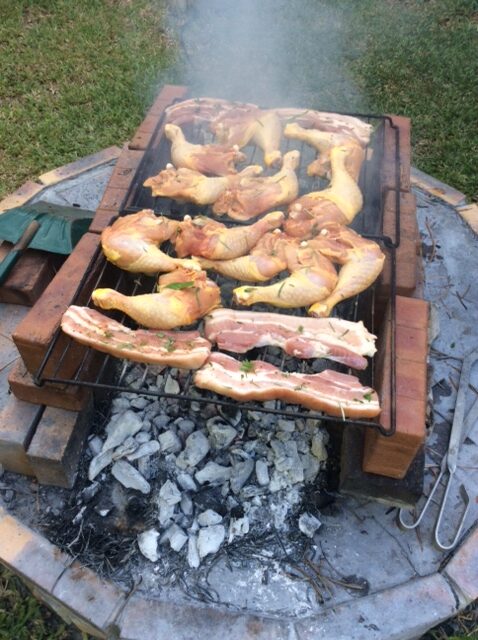


Also there was an actual lime bush in the garden where we stayed, and rum is a big deal on the island, so happiness.
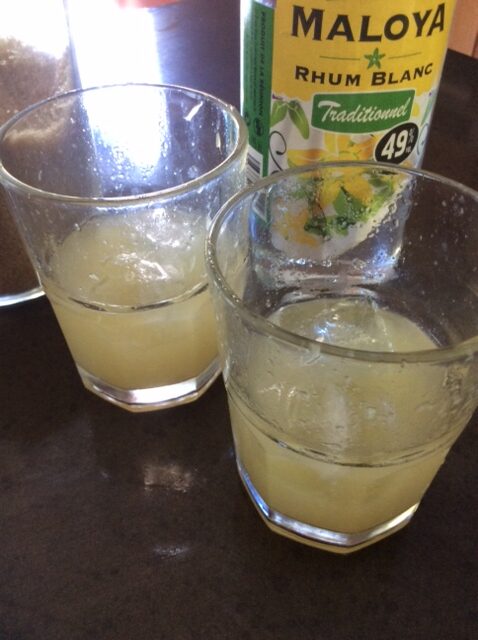
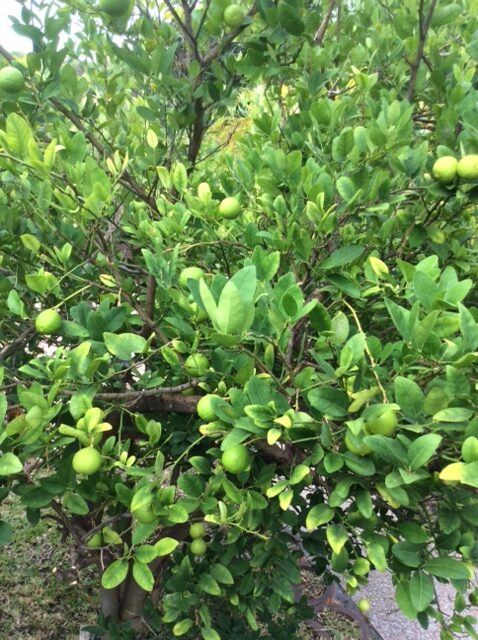
All through our trip, divers we spoke to poo-pooed the island as a place to scuba. Turns out it was much better than people told us. Different, more about funky rocks and topography than big fish, but it was still good times. Lot’s of cool critters if you take the time to look.


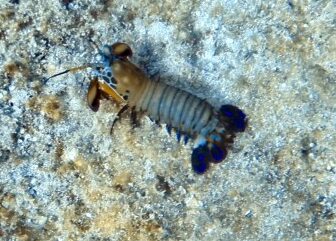
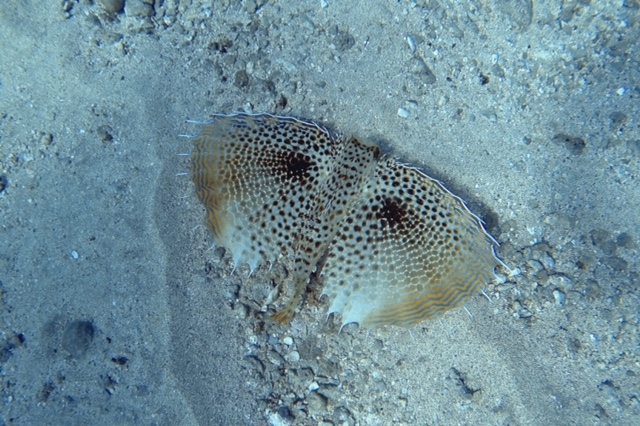


The only notable wreck that we heard of was too deep (150 feet) for recreational diving, and though the temptation was strong we held back.

As this is France, the attitude to scuba is usually on the sporty side. You carry your kit on and off the boat, you help with the putting away and washing up, and if you have the right cred you dive without a guide. Tips are not expected. All good. The steel oxygen tanks are perhaps the biggest difference with the New world. Depending on their format and make, they result in a dramatic change in your weight belt (think minus 8-10 pounds), but also changes in the movement of the submarine that is your body underwater. Your roll is *MUCH* faster with a short fat tank on your back. Different experiences, it all goes towards making you a better diver.

The water was very warm (28-30 degrees C), and on most days the viz very good. We did get some pea soup between canyons but watchagonnado, it also goes towards making you a better diver.

The sandy bottom is made up of a thin layer of white sand, shifting over a deeper layer of black volcanic sand (I can’t find a synonym of sand from the top of my head). It makes for very pretty movements of particle when you pay attention to the swell between channels.

As Reunion island is basically a big volcano sticking out of the ocean, the edges are made up of cooled lava flows and eroded basaltic rock, leading to some improbable swim throughs, canyons and chimneys you can go into, provided you have the buoyancy skills and the right cards (they were surprisingly picky about depth management according to your certification level).

Some French places can be a little lackadaisical when it comes to what divers do underwater but Corail wasn’t one of them. Most divers where instructed to keep to a 20 meters (about 60 feet) bottom limit and keep dive to 60 minutes or under. I admit to stretching that last one a little on a few occasions. Well the first one too.

An interesting thing (by interesting I mean possible saving you a trip to the emergency room) to keep in mind is that Reunion island is very hilly, down right steep even, and so following any road willy-nilly can rapidly get you into trouble.
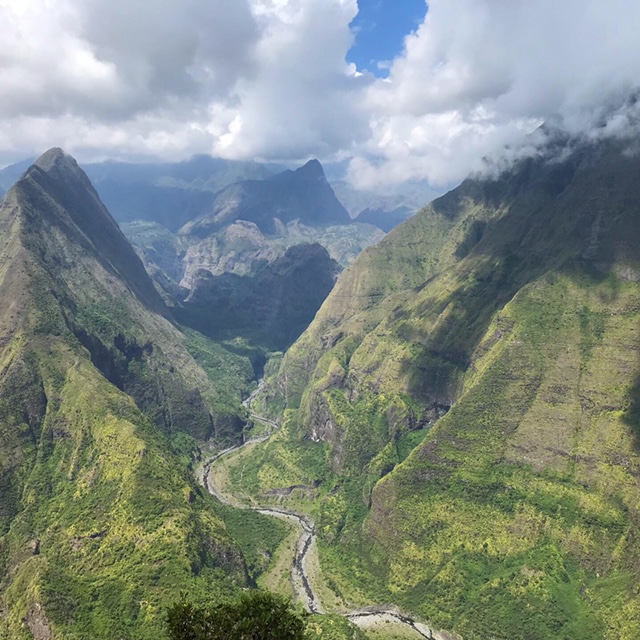
Why you might ask? Remember your Open Water Diver class and what they said about altitude? Probably not exactly (I didn’t either). Basically, going up a thousand feet, or roughly 300 meters, is the equivalent of removing one atmosphere of pressure. Which means that nitrogen that you picked up while diving (and because you followed all the rules is stable in your system at sea level and quietly being rid of), might very well want to go out of solution above a thousand feet (because there is less pressure outside than in your body), and make little bubbles throughout your gorgeous self. Not an optimal situation during vacation. I was curious if this was a super safe buffer to keep insurance folks happy or really one of those recommendations you don’t want to mess with, so I asked the old salt at the dive shop (all dive shops have one).

He’s been diving for around 50 years so I called him mister. He told me to call him “Popotte”, I compromised by calling him Monsieur Popotte. We are not savages. He was adamant, the 1000 feet rule was not bullshit. Imagine when people invite you for a drink, in the afternoon after diving, and you reply with, right, er, hum, huh, so what altitude is your place exactly? If they are not divers themselves some explanations are usually in order. On Reunion the quick and dirty rule to keep in mind is to not go above “La route des Tamarins”, the new highway in the foothills, after diving.

Anything else you should know? Try not to go during the hurricane/rainy/winter season, that goes without saying but sometimes we travel when we can not when we want. So, grain of salt.

Ah yes, about the sharks.
There has been a lot of press about shark attacks, and of course, they did happen. Beaches are DESERTED, surf spots are empty, people in the water are confined to a few netted areas. However divers don’t see sharks on Reunion, we were told if we saw one we should buy lottery tickets and they would serve us champagne. Interestingly they still had some procedures in place just in case (at the surface, in a group, one diver should keep a look out below, if a shark is sighted all divers should immerge at once). Shark attacks are big press, and a tragedy, and they remain mercifully very rare. I’m not sure what to think, but obviously, authorities have to err on the side of caution, and like I said, attacks did happen, if you are in charge of people’s safety you can’t dismiss the risks.
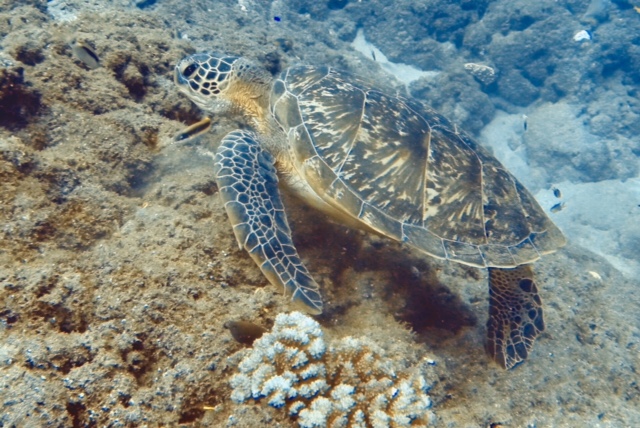


The last dive came too quick and it was soon time to jump on another flight. We left Reunion behind and headed north, way north to Luxemburg, were there was no scuba, but we did leave a sticker at a random bus stop.
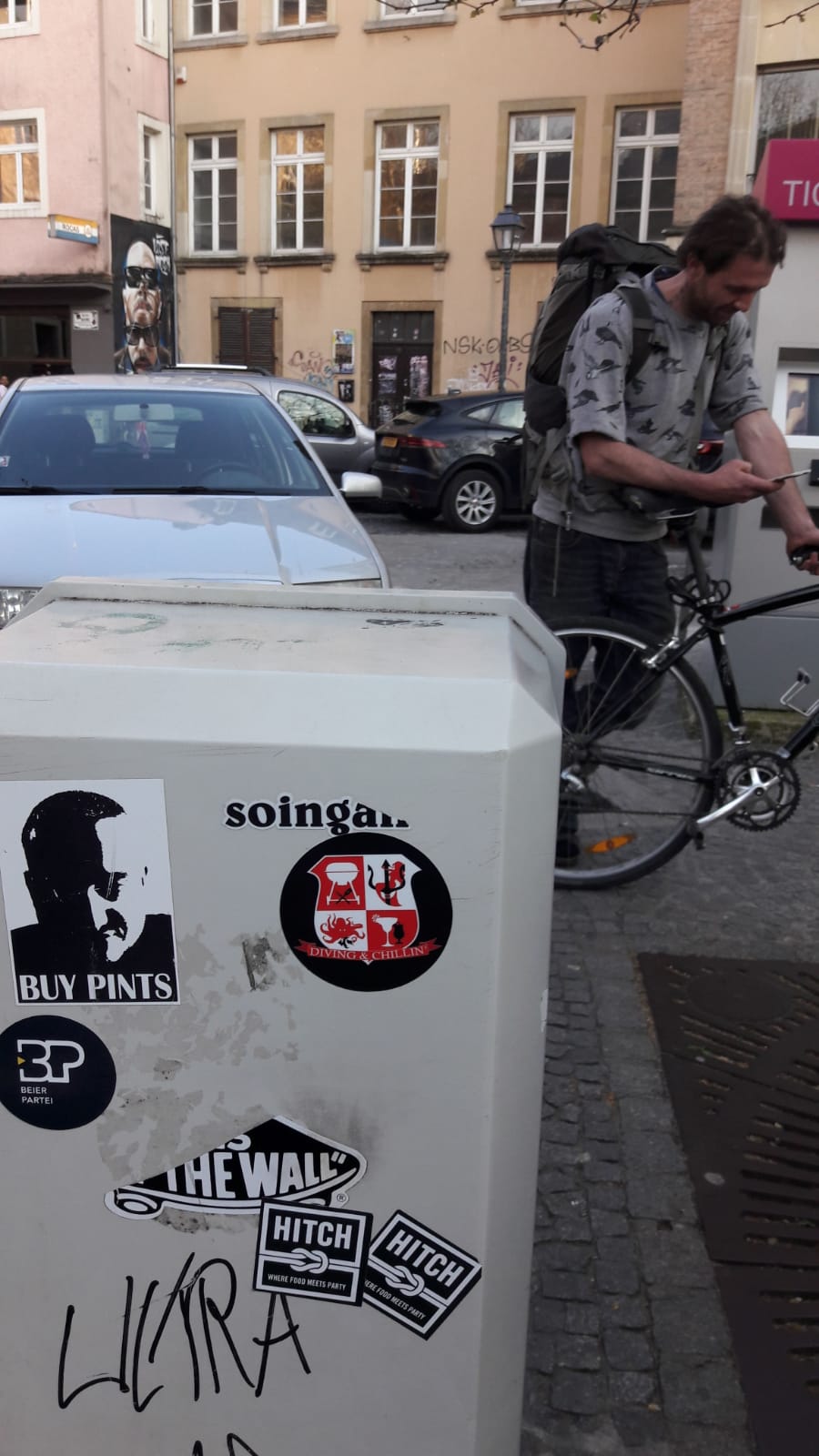
It’s spring in the northern hemisphere and scuba fever is being felt…
Talk to you guys soon.

Welcome back!
Guess we’ll have to go to SA in Feb 🙂
SA would be awesome, as would the East coast of Africa, and once there, well may as well stop in Madagascar and Mayotte.